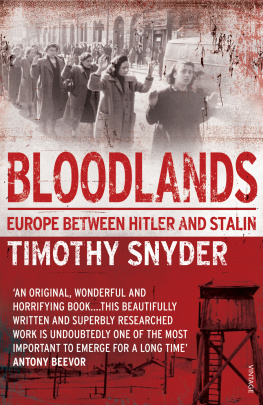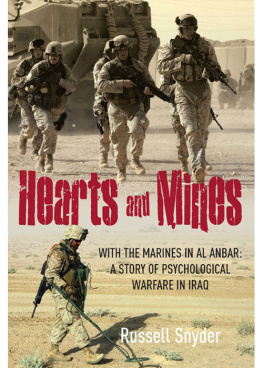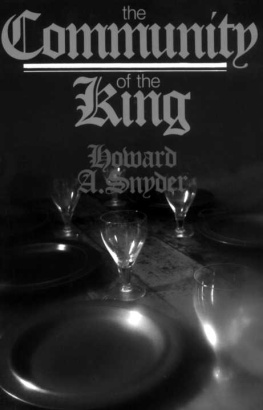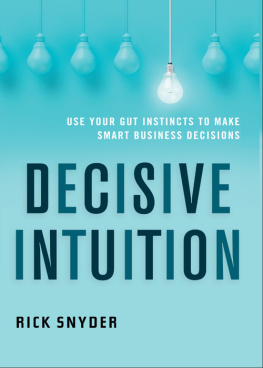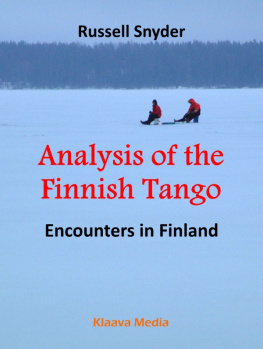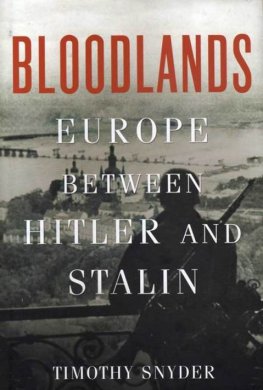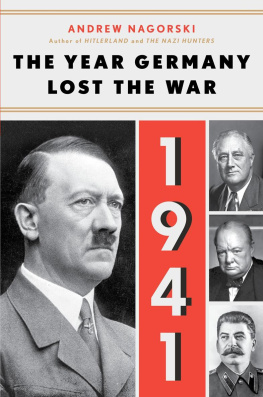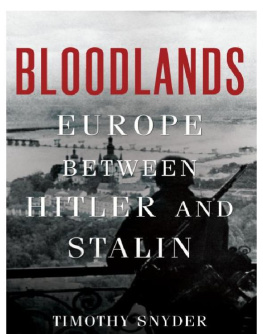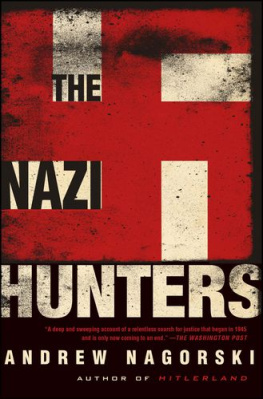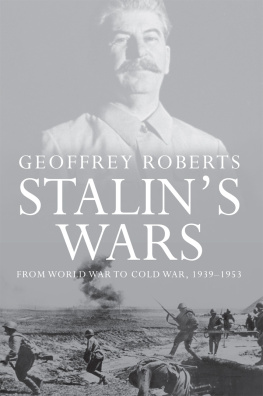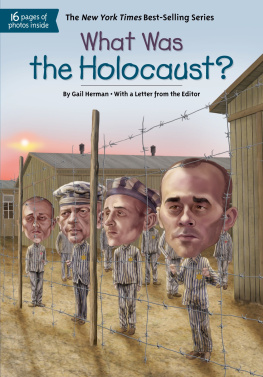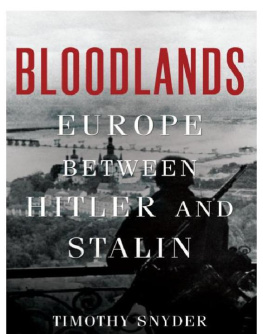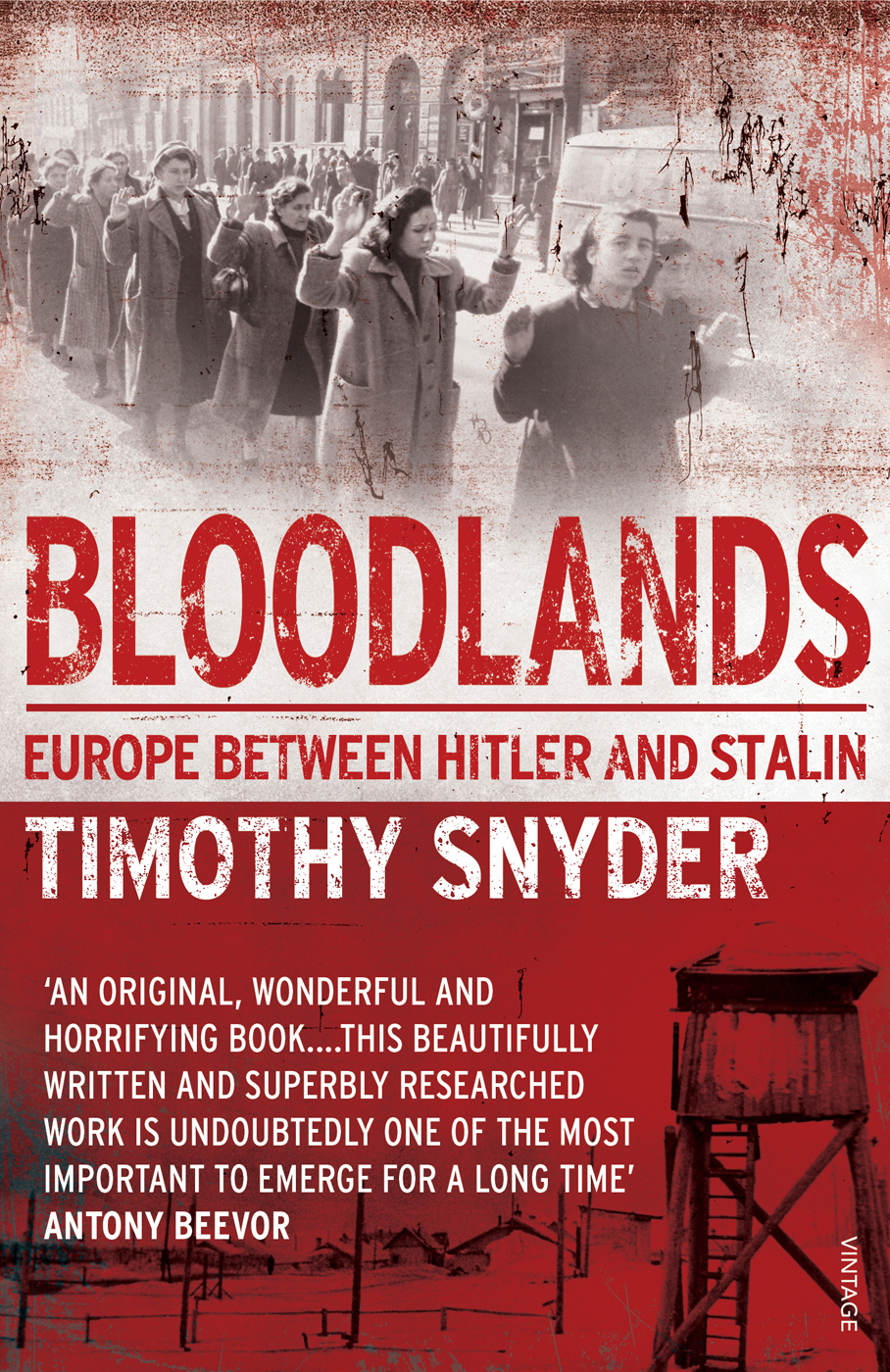
About the Book
In the middle of Europe, in the middle of the twentieth century, the Nazi and Soviet regimes murdered fourteen million people in the bloodlands between Berlin and Moscow. In a twelve-year-period, in these killing fields todays Ukraine, Belarus, Poland, Western Russia and the eastern Baltic coast an average of more than one million citizens were slaughtered every year, as a result of deliberate policies unrelated to combat.
In his revelatory book Timothy Snyder offers a ground-breaking investigation into the motives and methods of Stalin and Hitler and, using scholarly literature and primary sources, pays special attention to the testimony of the victims, including the letters home, the notes flung from trains, the diaries on corpses. The result is a brilliantly researched, profoundly humane, authoritative and original book that forces us to re-examine the greatest tragedy in European history and re-think our past.
Bloodlands
Europe Between Hitler and Stalin
TIMOTHY SNYDER
This eBook is copyright material and must not be copied, reproduced, transferred, distributed, leased, licensed or publicly performed or used in any way except as specifically permitted in writing by the publishers, as allowed under the terms and conditions under which it was purchased or as strictly permitted by applicable copyright law. Any unauthorised distribution or use of this text may be a direct infringement of the authors and publishers rights and those responsible may be liable in law accordingly.
Version 1.0
Epub ISBN 9781407075501
www.randomhouse.co.uk
Published by The Bodley Head 2010
2 4 6 8 10 9 7 5 3 1
Copyright Timothy Snyder 2010
Timothy Snyder has asserted his right under the Copyright, Designs and Patents Act 1988 to be identified as the author of this work
This book is sold subject to the condition that it shall not, by way of trade or otherwise, be lent, resold, hired out, or otherwise circulated without the publishers prior consent in any form of binding or cover other than that in which it is published and without a similar condition, including this condition, being imposed on the subsequent purchaser.
First published in Great Britain in 2010 by
The Bodley Head
Random House, 20 Vauxhall Bridge Road,
London SW1V 2SA
www.bodleyhead.co.uk
www.rbooks.co.uk
Addresses for companies within The Random House Group Limited can be found at: www.randomhouse.co.uk/offices.htm
The Random House Group Limited Reg. No. 954009
A CIP catalogue record for this book is available from the British Library
ISBN 9780224081412
CONTENTS
your golden hair Margarete
your ashen hair Shulamit
Paul Celan
Death Fugue
Everything flows, everything changes.
You cant board the same prison train twice.
Vasily Grossman
Everything Flows
A stranger drowned on the Black Sea alone
With no one to hear his prayers for forgiveness.
Storm on the Black Sea
Ukrainian traditional song
Whole cities disappear. In natures stead
Only a white shield to counter nonexistence.
Tomas Venclova
The Shield of Achilles
PREFACE: EUROPE
Now we will live! This is what the hungry boy liked to say, as he walked along the quiet roadside, or through the empty fields. But the food that he saw was only in his imagination. The wheat had all been taken away, in a heartless campaign of requisitions that began Europes era of mass killing. It was 1933, and Joseph Stalin was deliberately starving Soviet Ukraine. The boy died, as did more than three million other people. I will meet her, said a young Soviet man of his wife, under the ground. He was right; he was shot after she was, and they were buried among the seven hundred thousand victims of Stalins Great Terror of 1937 and 1938. They asked for my wedding ring, which I. The Polish officer broke off his diary just before he was executed by the Soviet secret police in 1940. He was one of about two hundred thousand Polish citizens shot by the Soviets or the Germans at the beginning of the Second World War, while Nazi Germany and the Soviet Union jointly occupied his country. Late in 1941, an eleven-year-old Russian girl in Leningrad finished her own humble diary: Only Tania is left. Adolf Hitler had betrayed Stalin, her city was under siege by the Germans, and her family were among the four million Soviet citizens the Germans starved to death. The following summer, a twelve-year-old Jewish girl in Belarus wrote a last letter to her father: I am saying good-bye to you before I die. I am so afraid of this death because they throw small children into the mass graves alive. She was among the more than five million Jews gassed or shot by the Germans.

In the middle of Europe in the middle of the twentieth century, the Nazi and Soviet regimes murdered some fourteen million people. The place where all of the victims died, the bloodlands, extends from central Poland to western Russia, through Ukraine, Belarus, and the Baltic States. During the consolidation of National Socialism and Stalinism (19331938), the joint German-Soviet occupation of Poland (19391941), and then the German-Soviet war (19411945), mass violence of a sort never before seen in history was visited upon this region. The victims were chiefly Jews, Belarusians, Ukrainians, Poles, Russians, and Balts, the peoples native to these lands. The fourteen million were murdered over the course of only twelve years, between 1933 and 1945, while both Hitler and Stalin were in power. Though their homelands became battlefields midway through this period, these people were all victims of murderous policy rather than casualties of war. The Second World War was the most lethal conflict in history, and about half of the soldiers who perished on all of its battlefields all the world over died here, in this same region, in the bloodlands. Yet not a single one of the fourteen million murdered was a soldier on active duty. Most were women, children, and the aged; none were bearing weapons; many had been stripped of their possessions, including their clothes.
Auschwitz is the most familiar killing site of the bloodlands. Today Auschwitz stands for the Holocaust, and the Holocaust for the evil of a century. Yet the people registered as laborers at Auschwitz had a chance of surviving: thanks to the memoirs and novels written by survivors, its name is known. Far more Jews, most of them Polish Jews, were gassed in other German death factories where almost everyone died, and whose names are less often recalled: Treblinka, Chemno, Sobibr, Beec. Still more Jews, Polish or Soviet or Baltic Jews, were shot over ditches and pits. Most of these Jews died near where they had lived, in occupied Poland, Lithuania, Latvia, Soviet Ukraine, and Soviet Belarus. The Germans brought Jews from elsewhere to the bloodlands to be killed. Jews arrived by train to Auschwitz from Hungary, Czechoslovakia, France, the Netherlands, Greece, Belgium, Yugoslavia, Italy, and Norway. German Jews were deported to the cities of the bloodlands, to d or Kaunas or Minsk or Warsaw, before being shot or gassed. The people who lived on the block where I am writing now, in the ninth district of Vienna, were deported to Auschwitz, Sobibr, Treblinka, and Riga: all in the bloodlands.
Next page
